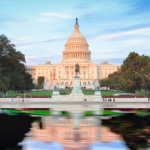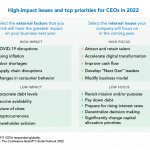Congress just passed the $1 Trillion Bipartisan Infrastructure Bill : Aimed at Improving American Lives
Update: President Biden signed a $1 trillion infrastructure bill into law on Monday afternoon, a bipartisan victory that will pour billions into the nation’s roads, ports and power lines.
According to recent reporting from the WSJ, Congress has voted to pass the largest federal investment in infrastructure in more than a decade, a bipartisan injection of money across vast sections of the U.S. economy, approving a signature part of President Joe Biden’s economic agenda that now goes to President Joe Biden to sign into law.
The $1.2 trillion bill package, would be allocated to invest in “refurbishing aging roads, bridges and ports; easing transportation bottlenecks; replacing harmful lead pipes; expanding internet broadband access; upgrading the nation’s power grid; water and energy systems; and boosting infrastructure resilience amid growing concerns over climate change.” The new package also includes $73 billion for modernizing the U.S. electricity grid. Among other things, that will help transmit wind and solar power from the places where it is generated to large population centers. According to reporting from Axios, It includes $47 billion in climate resilience measures, and, per the White House. According to an analysis from Slate, out of the bill’s $1.2 trillion price tag, about $300 billion can fairly be described as going toward environmentally sustainable projects.
CNN reported that It will deliver $550 billion of new federal investments in America’s infrastructure over five years. Experts say the money is sorely needed to ensure safe travel and the efficient transport of goods and products across the country. Earlier this year, the nation’s infrastructure system earned a C- score from the American Society of Civil Engineers. The spending is to be paid for with a variety of revenue streams, including more than $200 billion in repurposed funds originally intended for coronavirus relief but left unused; about $50 billion from delaying a Trump-era rule on Medicare rebates; and $50 billion from certain states returning unused unemployment insurance supplemental funds.
The legislation, spending billions in each of the next five years or more, falls short of the full ambitions of the Democratic Party, which is pursuing a separate, larger bill opposed by the Republicans. But the scope of the bill just passed makes the legislation pretty significant in its own right. Democrats claim the bill pays for itself through a multitude of measures and without raising taxes. But the Congressional Budget Office brushed aside several of those pay-for provisions, ultimately finding the bill would add $256 billion to the deficit over the next 10 years. It’s significantly smaller than the $2.25 trillion proposals, that Biden promoted back in March, known as the American Jobs Plan.
Here’s what’s in the Infrastructure Bill and How it Aims to Improve Americans’ Lives:
Transportation Projects
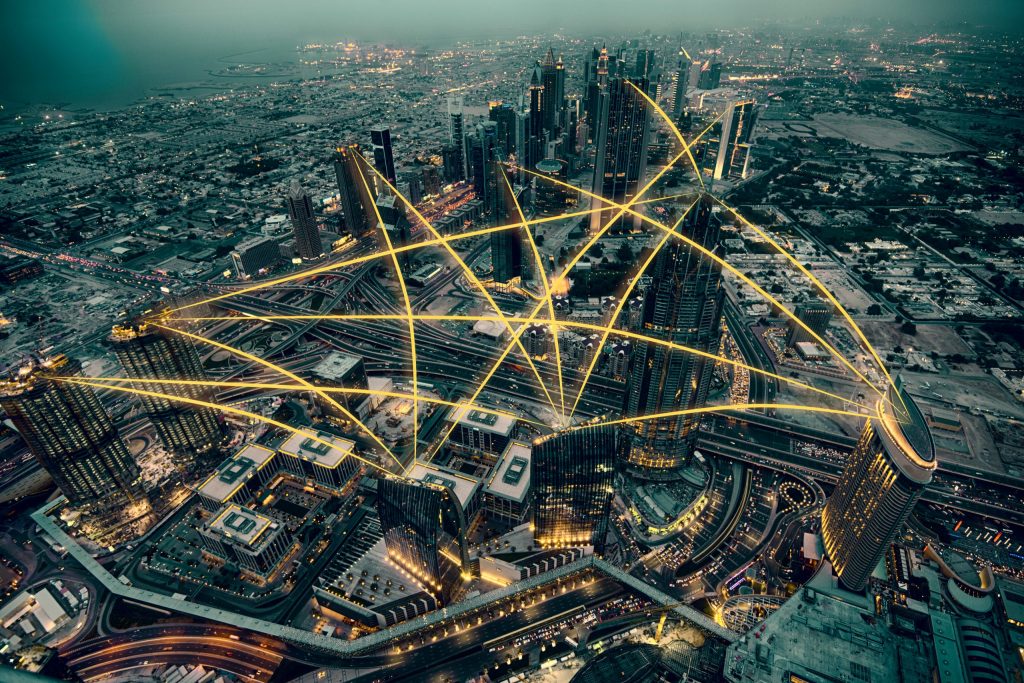
The WSJ stated that the infrastructure bill stands to improve commuting across the U.S., in cities big and small, whether people travel to work by car, public transit, or bicycle. “An estimated $226 billion in new funding will go to transportation projects, he said, such as light-rail line extensions, redesigned intersections, and protected bike lanes.” The bill calls for investing $110 billion for roads, bridges and major infrastructure projects. Included is $40 billion for bridge repair, replacement, and rehabilitation, which The White House says would be the single, largest dedicated bridge investment since the construction of the interstate highway system, which started in the 1950s. According to the White House, “some 20%, or 173,000 miles, of the nation’s highways and major roads are in poor condition, as are 45,000 bridges.” The package would provide $39 billion in additional funding to modernize public transit to help them expand to meet rider demand.
Travel related Infrastructure
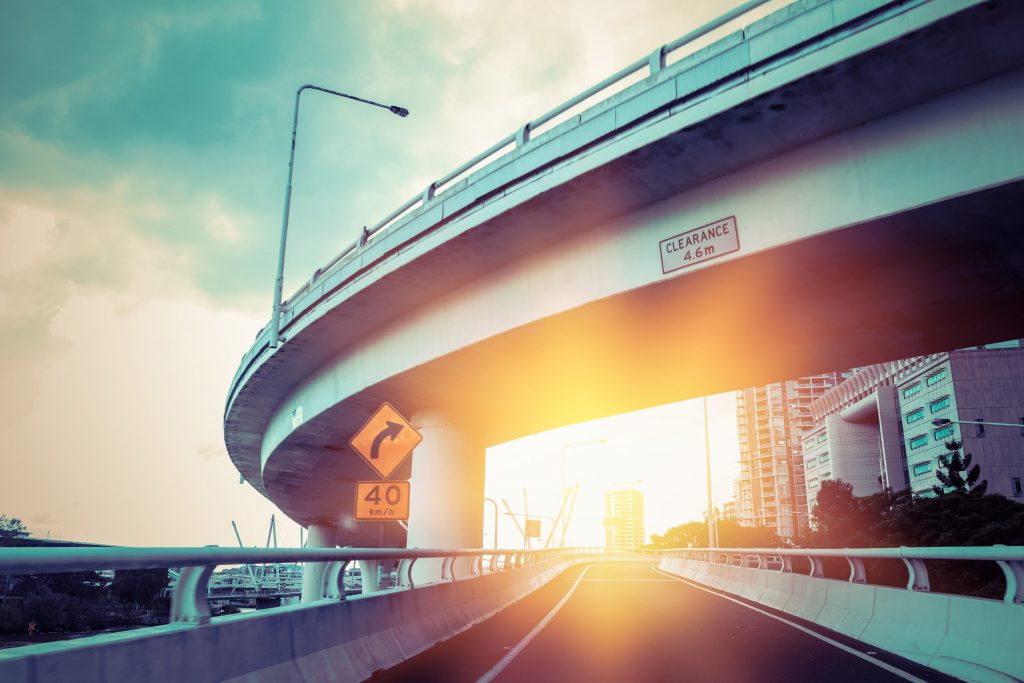
The legislation puts a focus on travel-related infrastructure, including airports and roads. It dedicates $66 billion for passenger and freight railway expansion and upgrades, which the White House has described as the biggest federal investment in passenger rail since the creation of passenger-rail operator Amtrak in the early 1970s. Much of that goes toward repairing and upgrading aging tracks, tunnels, and railcars, including roughly $30 billion earmarked for the Northeast Corridor. Amtrak stated that “over time, travelers can expect faster trips as fragile stretches of track are replaced, along with new upholstery, carpets, and bathrooms as Amtrak accelerates a continuing overhaul of its maintenance backlog.” Included in the package is $12 billion in partnership grants for intercity rail service, including high-speed rail (180 miles an hour or faster).
Airports are set to receive $25 billion in the infrastructure bill to fund renovations, including $15 billion for airport infrastructure grants, $5 billion for airport terminal projects and $5 billion to upgrade air-traffic-control tower facilities. The deal would invest $17 billion in port infrastructure to address repair and maintenance backlogs, reduce congestion and emissions near ports and airports and promote electrification and other low-carbon technologies.
Many road projects won’t crank up for a year or more because of the lead time needed for planning and design. During construction, commuters might face added congestion because of temporary lane closures and traffic realignments. Commuting in many areas hasn’t returned to pre-pandemic levels, but many companies say they eventually want employees back in the office.
Electric Vehicles and Charging Stations
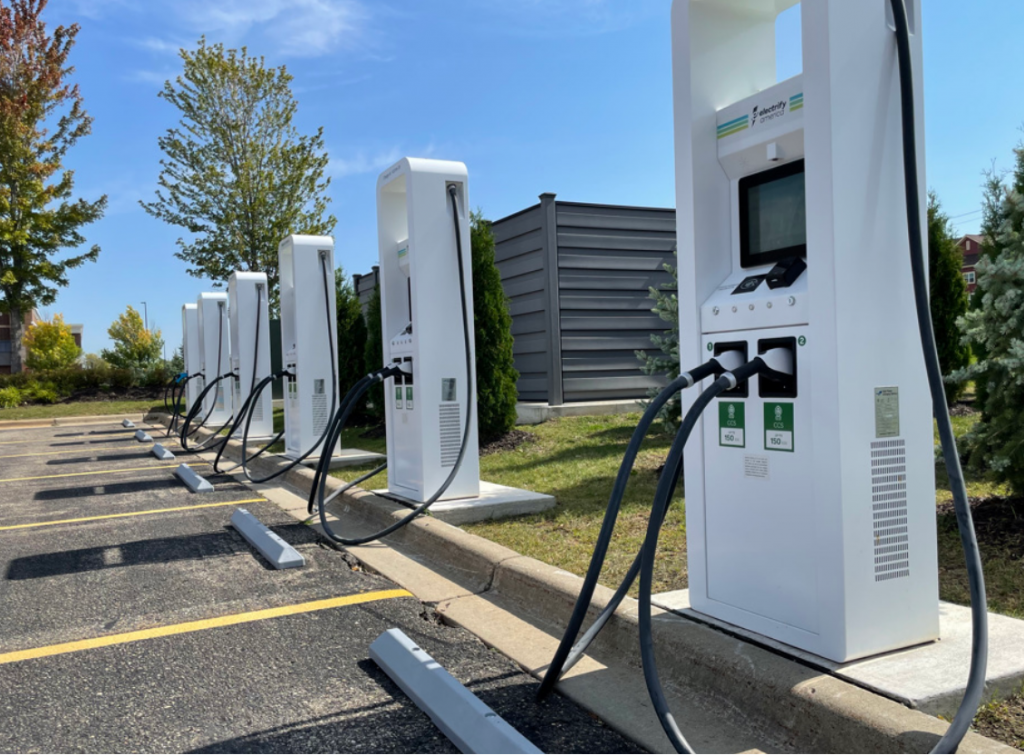
The bipartisan infrastructure bill attempts to address one of the biggest barriers to electric-vehicle adoption: access to fast charging.
The bill proposes $7.5 billion for a nationwide charging infrastructure to fill gaps in the patchwork of electric-vehicle chargers across the U.S. Another $5 billion will be dedicated to replacing buses with zero-emission vehicles, including electric school buses.
The funding effort to build infrastructure for electric vehicles would help ensure long-lasting demand for battery-powered cars, even outside dense city centers.
Improving the Supply Chain infrastructure for transporting goods and produce
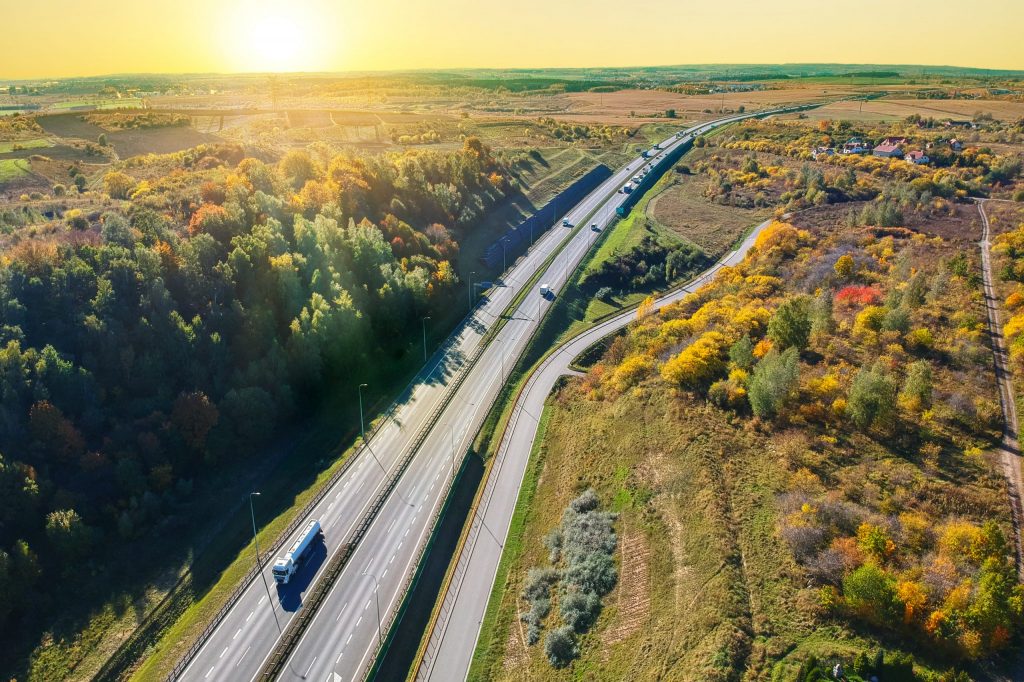
Projects focused on freight, rather than consumer lines, will get more attention in the coming years when compared with past infrastructure efforts—something that could help clear bottlenecks in supply chains and delivery channels.
The $100 billion in competitive grant money over the next five years will give larger, more ambitious freight projects better access to federal funds than they may have under current programs based on formulas that typically favor smaller, ready-to-go plans for roads and bridges.
Broadband and Internet Acess Upgrades
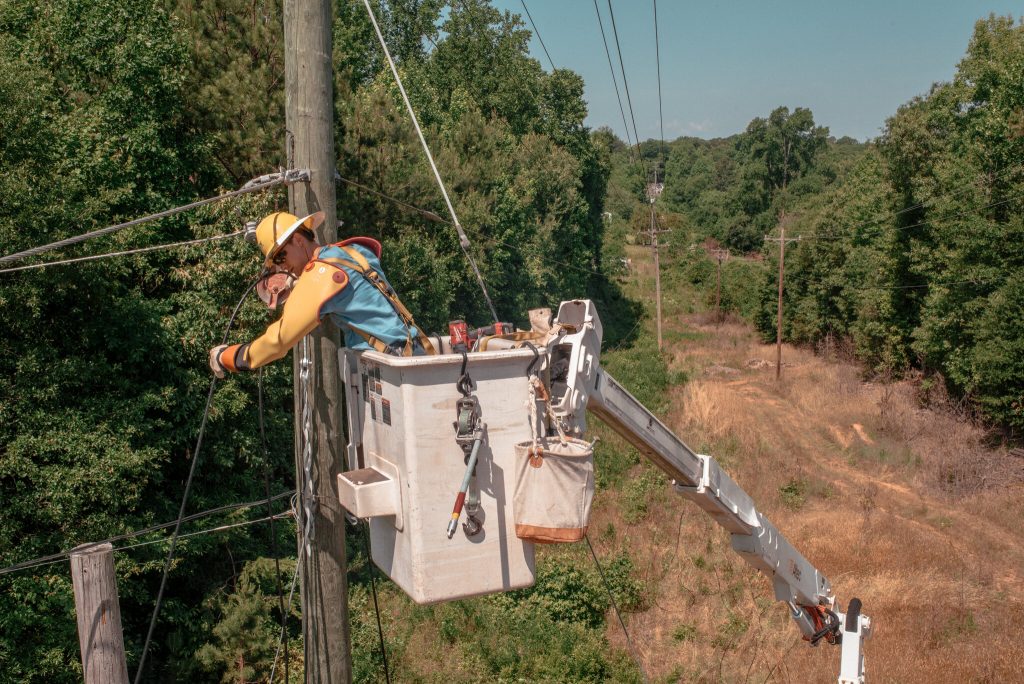
(image credit:NYT)
The infrastructure proposal aims to close the so-called digital divide between Americans who have access to high-speed internet, and those who lack it. The bill is aimed at fixing two long-running issues, both of which were laid bare during the Covid-19 pandemic: Some Americans don’t have access to high-speed internet, while others have access but can’t afford to subscribe. The bill would provide a $65 billion investment in improving the nation’s broadband infrastructure, according to legislative text from the bill. The law also creates a $42.5 billion program to expand access to high-speed networks. On affordability, the legislation provides $14.2 billion to would make permanent a subsidy to help low-income households pay for high-speed internet service, setting it at $30 a month. It also aims to help lower the price households pay for internet service by requiring federal funding recipients to offer a low-cost affordable plan by creating price transparency and by boosting competition in areas where existing providers aren’t providing adequate service.
Improving Power Grids and Systems that Bring Water to Homes
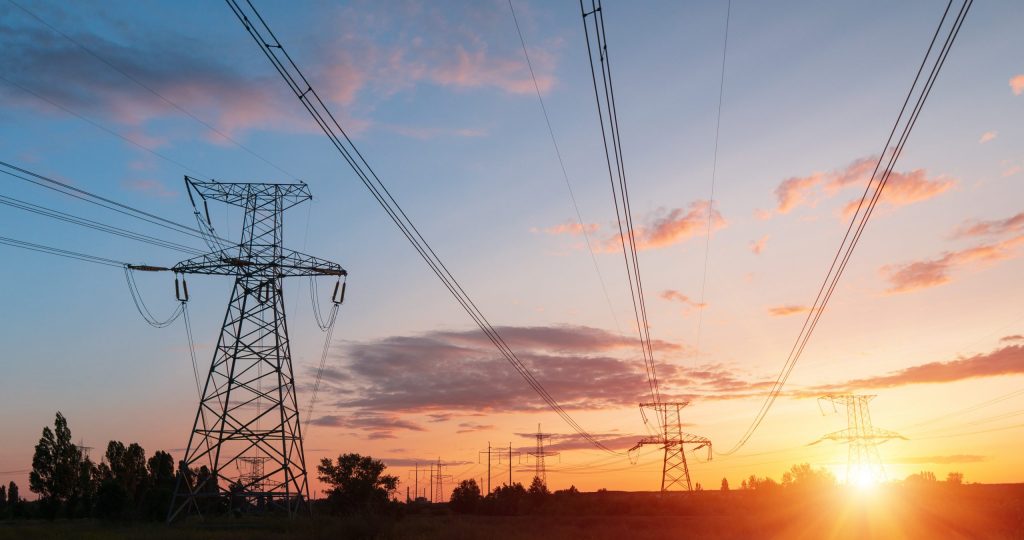
The infrastructure bill would funnel billions to states to reduce lead in drinking water by jump-starting the long-lagging effort to eliminate potentially dangerous lead pipes, which connect public water mains to private homes. Lead, even at low levels, has been linked to nervous-system damage, learning disabilities, and slowed growth in children, as well as complications for pregnant women, according to scientists and public-health officials. Over time, lead pipes can corrode, causing lead to mix in with water as it enters the home. Many Americans can’t afford to spend thousands of dollars to replace them. The infrastructure bill includes $15 billion for lead-pipe replacement.
It would provide $55 billion to upgrade water infrastructure, according to the bill text. It would replace lead service lines and pipes so that communities have access to clean drinking water, the White House said.
The bill would invest $65 billion to rebuild the electric grid, according to the White House. It calls for building thousands of miles of new power lines and expanding renewable energy, the White House said.
States, utilities, and other developers will get billions of dollars to strengthen power lines against disasters that over the past year alone have paralyzed parts of the U.S. power grid: fires, heat waves, a hurricane and record cold.
It puts up another $36 billion to develop technology for cleaner energy. That includes an emphasis on making fossil fuels less damaging to the environment by funding systems to capture the carbon-dioxide emissions from burning them and the development of hydrogen fuel with no greenhouse-gas emissions.
Coping With Climate Change

Mr. Tomer of the Brookings Institution told the WSJ that “storm- and disaster-preparation projects to address worsening floods, droughts and wildfires will get billions in funding, the largest-ever federal investment in climate resilience.” Mr. Tomer also said. “we know through recent insurance records, business expenses and household grief that a changing climate impacts our economy in negative ways.”
dealing with climate change is the overarching theme of the bill, which includes $8 billion for wildfire management, $6 billion for drought management, $8.3 billion for water storage, desalination, and recycling, as well as $12.5 billion for flood mitigation. Mr. Tomer said, “projects will filter down to states and cities through agencies such as the Environmental Protection Agency, the Federal Emergency Management Agency, the Department of Interior, and the Army Corps of Engineers.”
Conclusion
The bill’s passage is a major win for the president after months of Democratic party infighting and negotiations. Some of the immediate impacts of the bill are going to be probably felt in the construction industry and other service sectors. There’s going to be a bunch of jobs there. An article in NPR has stated that some reports estimate that it’s going to be 1 million jobs over a five-year time period. And investment in bridges and roads will make the U.S. more productive, which means it’s going to lower costs for producers.










